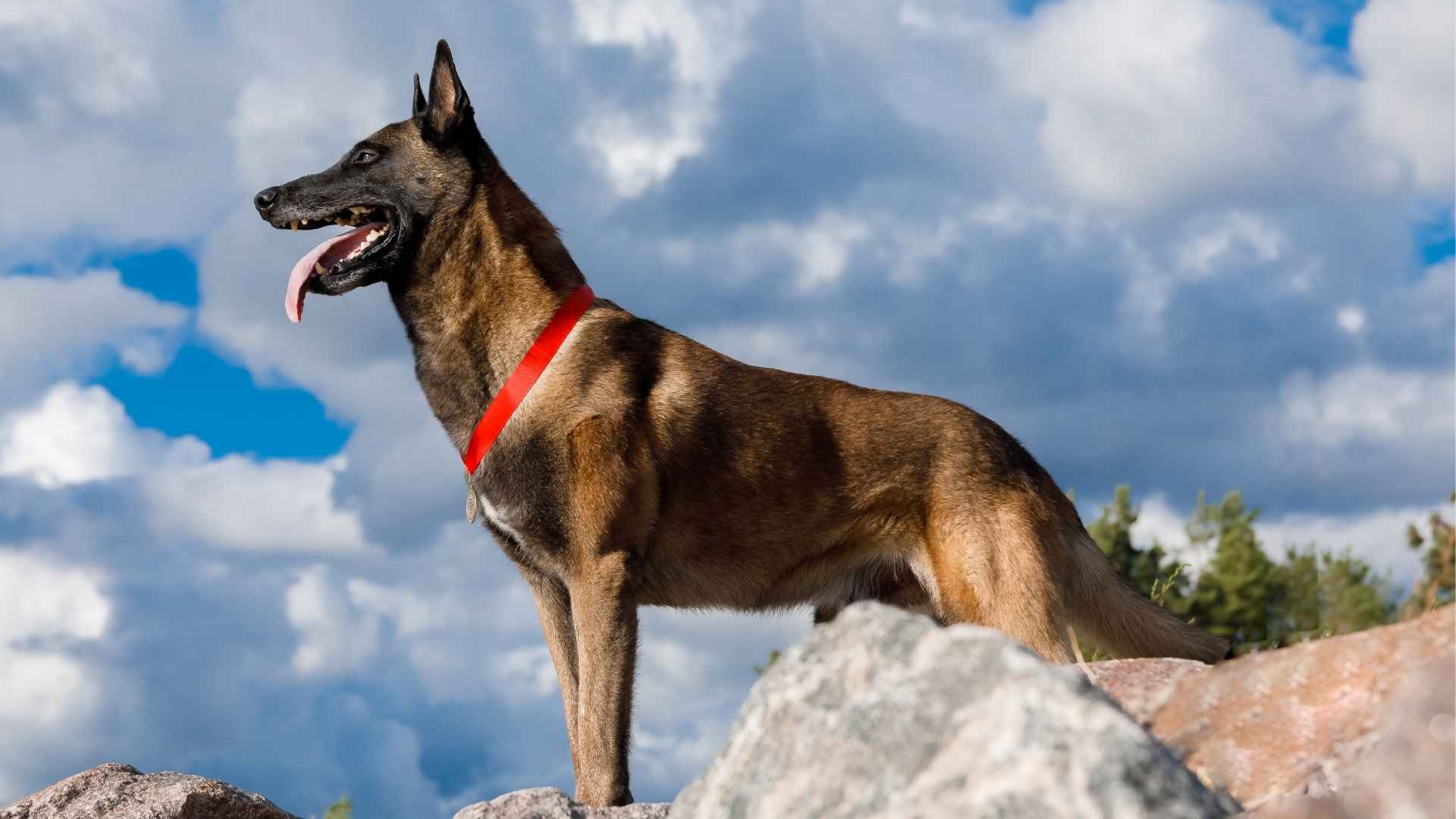Looking for a dog that’s more than just a cuddly companion—maybe one that’s got your back, day and night? If you want a four-legged best friend who’ll double as a home security system, you’re in the right place. Guard dogs aren’t just about muscle; they’ve got brains, loyalty, and instincts that kick in when it matters most.
These pups don’t just bark at every passing squirrel—they’re wired to protect. Whether it’s your family, your home, or even your peace of mind, they take the job seriously. And the best part? Many of them are surprisingly chill when they’re off-duty, making them amazing all-around pets.
But here’s the deal—not every protective dog is a good fit for every home. So, how do you find one that’s devoted and easygoing? Stick around. We’re breaking down the best guard dog breeds that know how to defend without being difficult. Ready to meet your loyal protector?
Guard Dog Breeds
1. Belgian Malinois
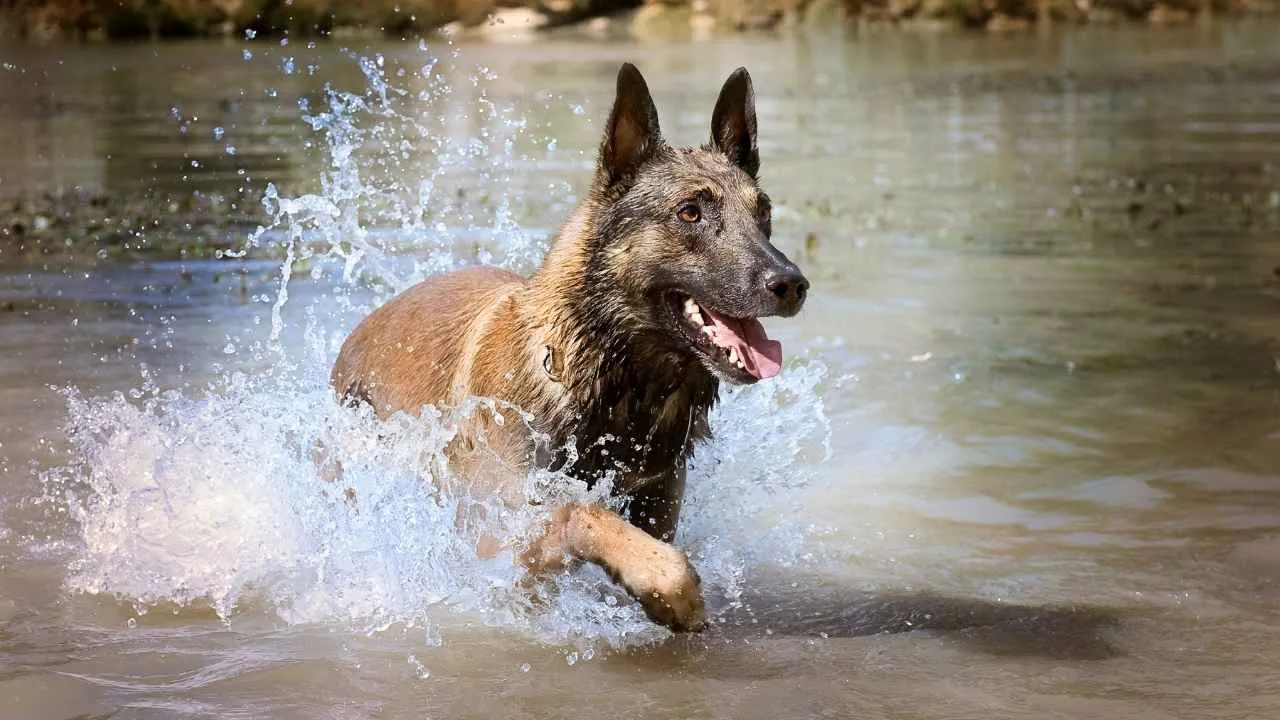
If you’ve ever seen a dog leap through a window mid-air or scale a six-foot wall like it’s nothing, you were probably watching a Belgian Malinois in action. These dogs are elite. They’re not just smart and athletic—they’re laser-focused, wired for action, and built for serious work.
Unlike most breeds that balance play and protection, Malinois are mission-first. They were originally bred for herding in Belgium, but their insane drive and trainability pushed them straight into military, police, and protection roles worldwide. They live to do.
Their work ethic? Off the charts. They don’t just follow commands—they anticipate them. You can teach them advanced obedience, tactical maneuvers, scent detection, and more, and they’ll still be ready for the next challenge. Got a task? They’re already on it.
They’re fast, fearless, and fiercely loyal, says AKC. They bond hard and fast with their handler. They’re not really “family dogs” in the traditional sense—they prefer one person to attach to and work alongside. This bond is so strong that many Malinois develop a laser-like focus on their person.
Their guarding instincts are hardwired. No need to teach them to protect—you just need to channel it correctly. With expert training, they’re one of the most precise, calculated, and dependable protectors out there. Without training? It’s chaos on four legs.
Fun Fact:
The Secret Service uses Belgian Malinois to guard the White House. Why? Because no other breed combines speed, strength, and intelligence quite like they do—basically, they’re the special ops of the dog world.
2. Cane Corso
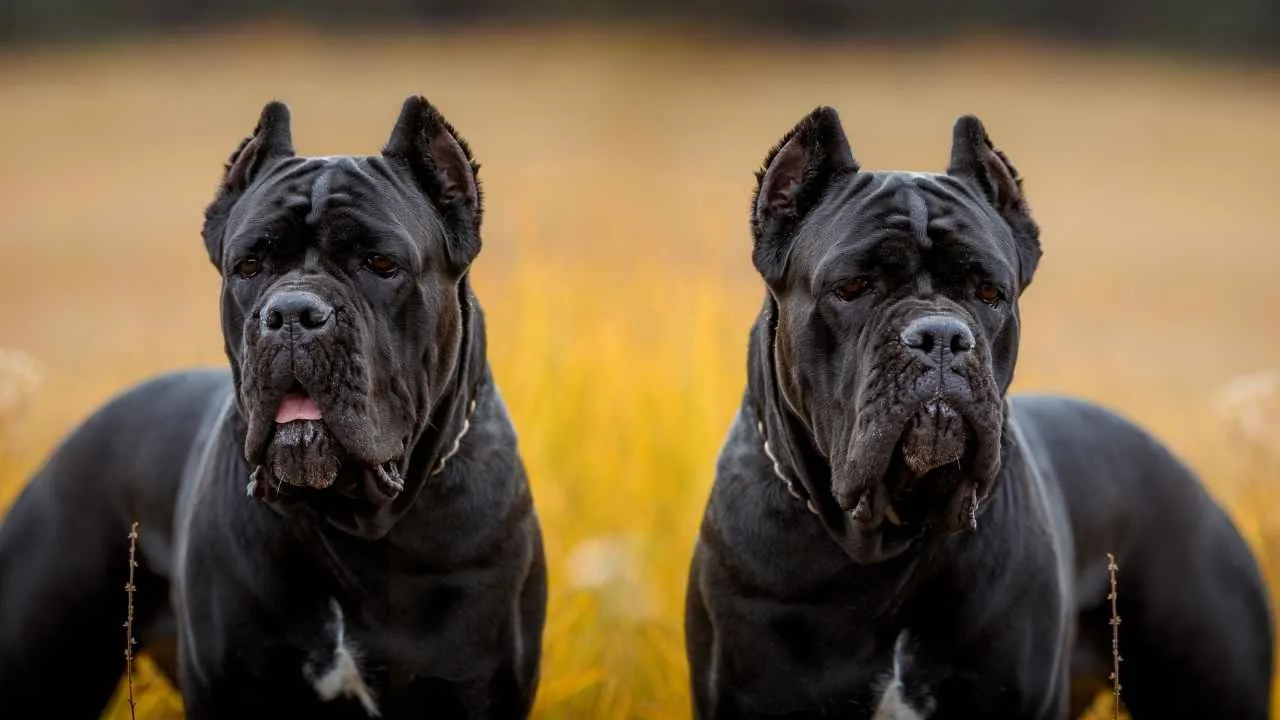
The Cane Corso is the kind of dog that doesn’t need to prove itself—its presence alone says it all. Originally bred in Italy to protect farms, livestock, and entire families, this breed is all about quiet strength and steady control.
You won’t find a lot of barking or bouncing around here. PRWE says that Cane Corsos are calm, composed, and deadly serious about their job. They don’t show off—they watch, wait, and act only when it’s absolutely necessary. That kind of natural restraint? Rare and valuable.
This breed is naturally suspicious of strangers, which makes them exceptional guard dogs—but it also means early and regular socialization is crucial. You want them to learn how to distinguish between an actual threat and just the pizza guy at the gate.
Cane Corsos aren’t for first-time dog owners. They’re powerful, confident, and dominant by nature, which means they need someone who can be a firm, calm, and consistent leader. Not harsh—just steady and clear. If they sense weakness? They’ll lead instead.
Physically, they’re built like tanks—broad chest, heavy bones, dense muscle. But they’re not clumsy or sluggish. These dogs are surprisingly agile for their size, and they move with a sense of purpose. Mentally, they need stimulation just as much as physical work. Training sessions, advanced obedience, tracking games, and even puzzle feeders help keep their sharp minds engaged.
3. Doberman Pinscher
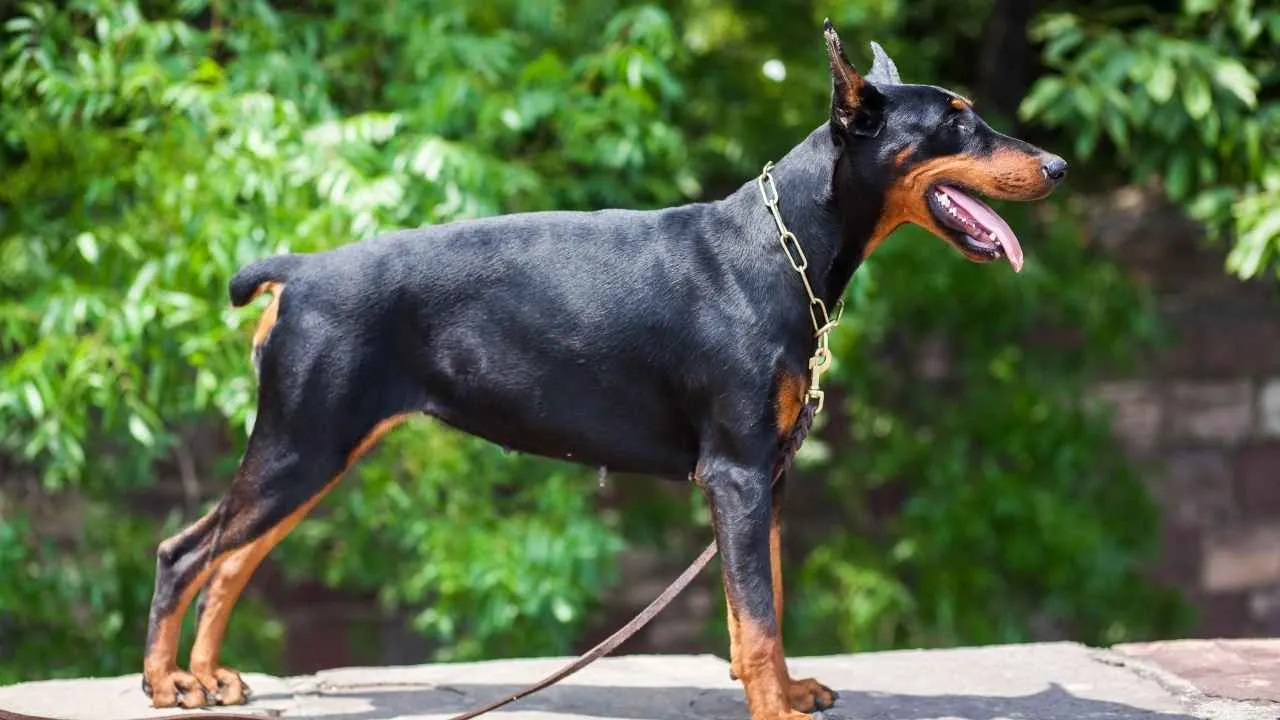
The Doberman Pinscher is like the high-performance sports car of the guard dog world—sleek, fast, and built for precision. Everything about them is streamlined for both speed and strategy, and they carry themselves with serious confidence.
Originally developed by a German tax collector (yes, really) who needed protection on his rounds, Dobermans were bred with a purpose. That history still shows today—they’re natural protectors, always alert and ready to take action if needed.
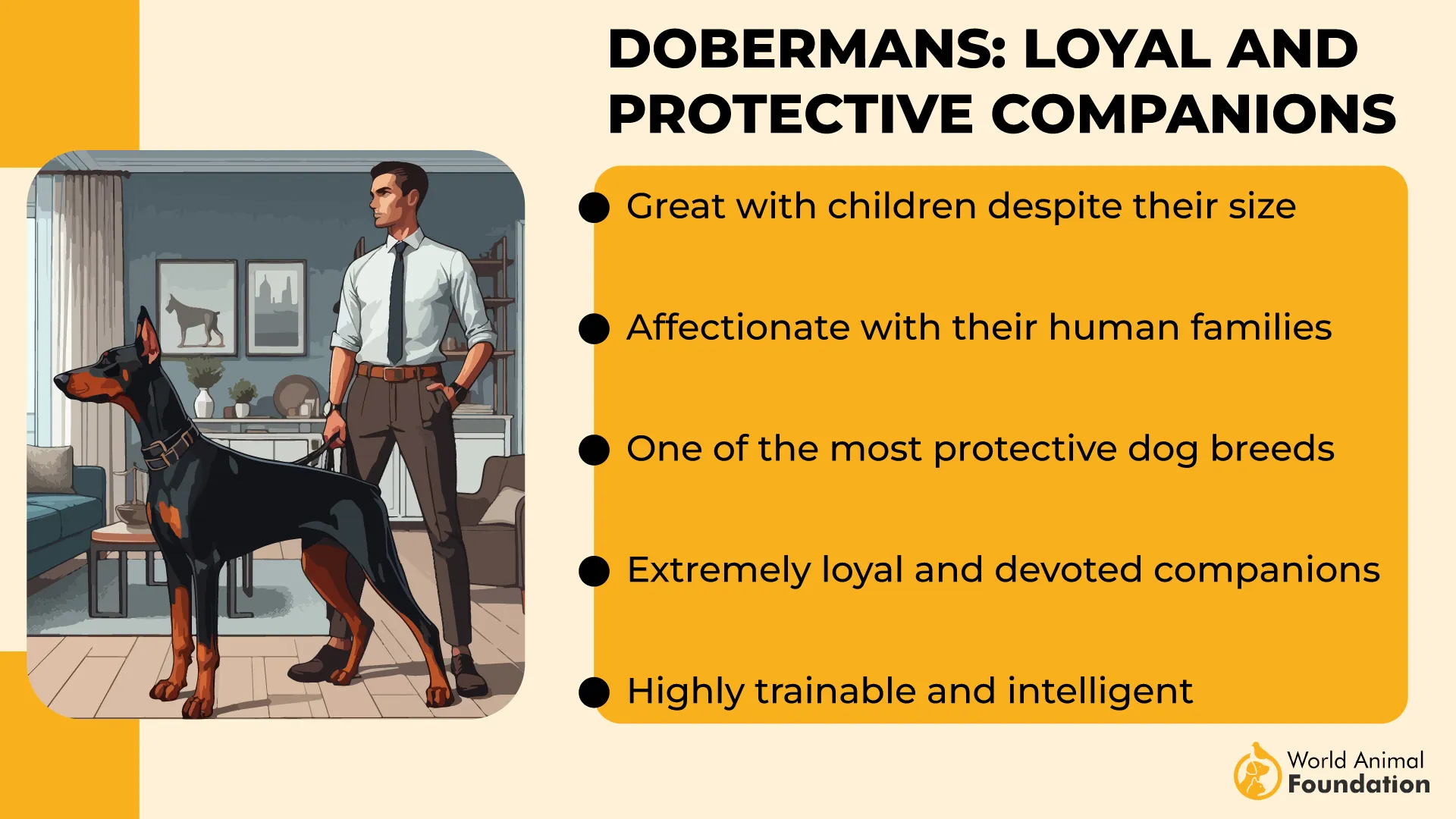
What makes Dobermans so effective isn’t just their physical ability—it’s their sharp awareness. They pick up on body language, tone of voice, and energy shifts faster than most people do. You don’t need to shout; they already know something’s up.
They’re fiercely loyal, and once they bond with their humans, that bond runs deep. These dogs don’t guard property—they guard people. If someone tries to mess with you? That lean frame turns into a wall of muscle and instinct.
Dobermans do best with owners who are confident, consistent, and know how to set clear expectations. They love structure and will rise to any challenge you throw at them—but leave them untrained, and they’ll start calling the shots.
4. Komondor
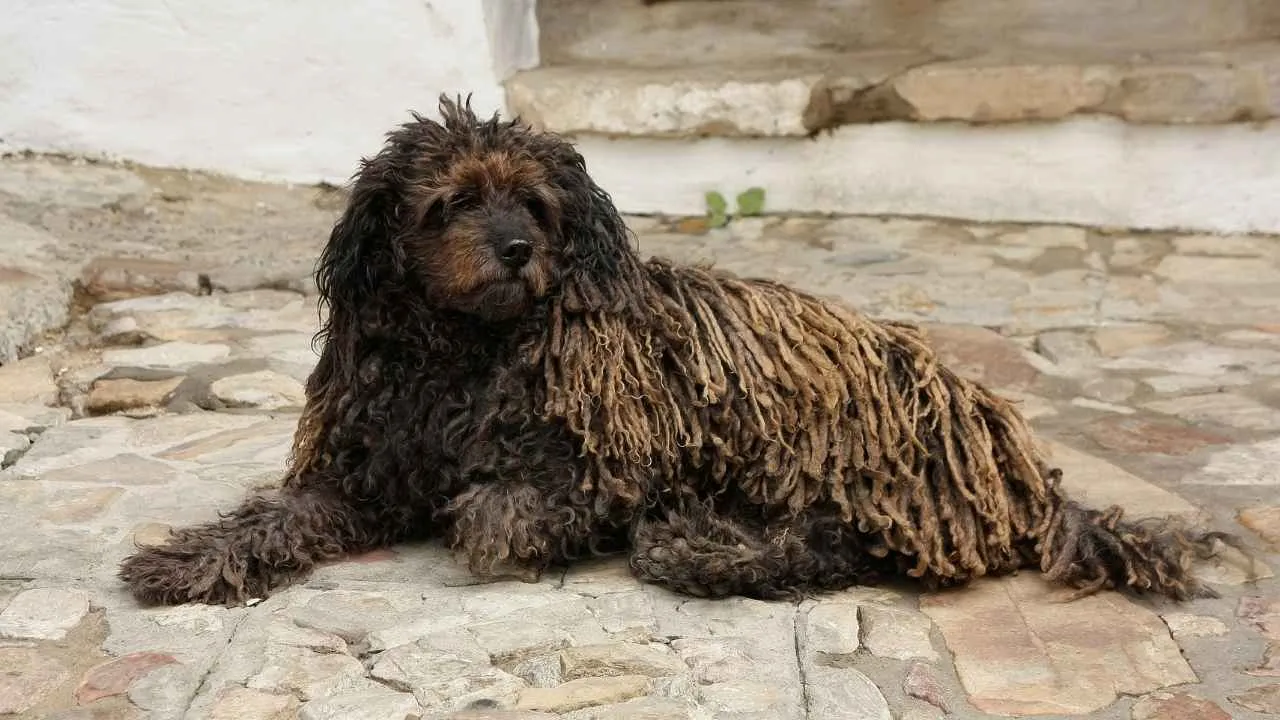
Ever seen a mop come to life and guard your property? That’s the Komondor in action. With their iconic corded coat and calm authority, they’re one of the most visually striking guard dogs around—and trust me, that coat isn’t just for looks.
Komondors were bred to guard livestock in Hungary, and they took the job seriously. Out in the fields, they’d blend right in with the sheep until a predator appeared—then boom, full-on defender mode. That stealthy nature still shows up in modern homes.
These dogs are incredibly independent, says PetMD. They don’t rely on you to tell them what’s a threat—they’ll figure it out themselves. That kind of decision-making can be a dream in a rural setting, but in suburban life? You’ll need to teach them what’s “normal.”
Exercise-wise, they’re not hyperactive but do need daily walks and mental stimulation. They’re working dogs at heart, so they like having a job—even if it’s just keeping an eye on the yard. Letting them lounge 24/7 isn’t the move.
That mop-like coat? It’s part of their identity, but it’s also high-maintenance. The cords form naturally as they grow, but keeping them clean and dry is a serious grooming task. Not ready to deal with that? This might not be your breed.
5. Rottweiler
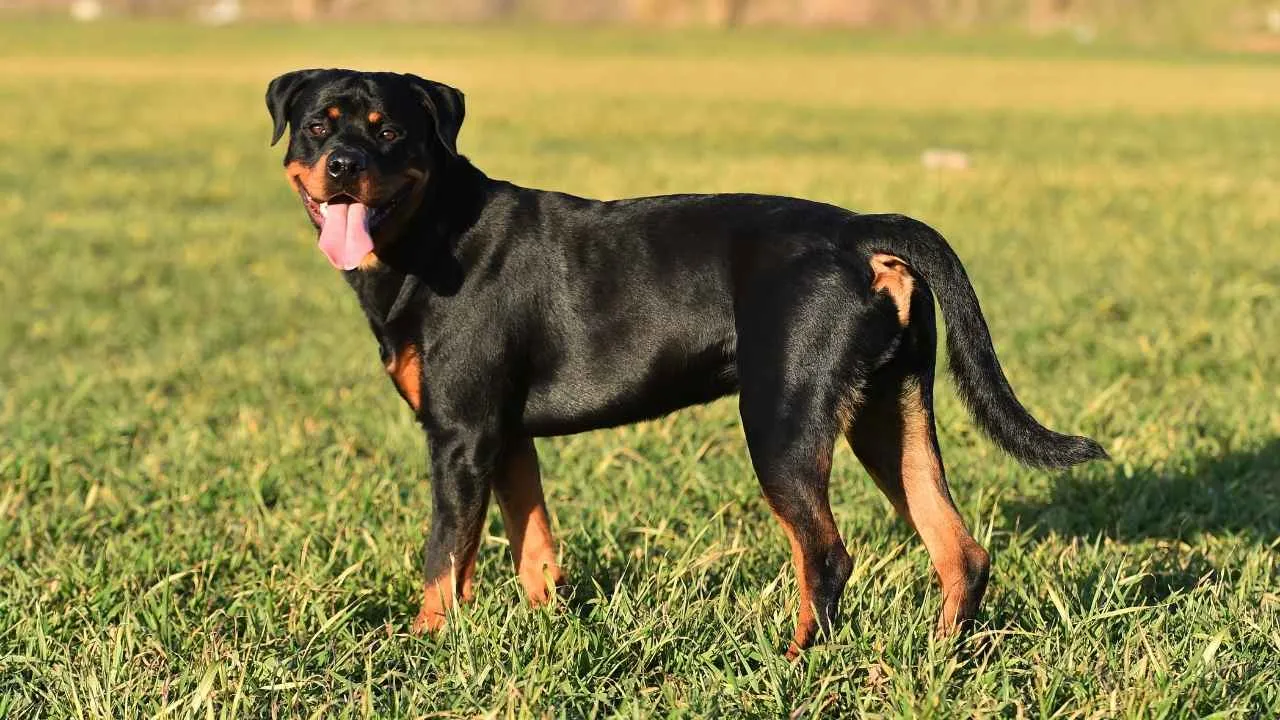
Rottweilers are the strong, silent type—but make no mistake, they’ve got presence. Originally bred to drive cattle and guard Roman soldiers’ supplies, these dogs were built for both brains and brawn. They’re confident, composed, and always alert.
What makes a Rottweiler so impressive as a guard dog isn’t just their strength—it’s their judgment. They don’t bark at shadows or panic at the doorbell. They assess, calculate, and act only when it matters. That calm control? It’s gold in a family setting.
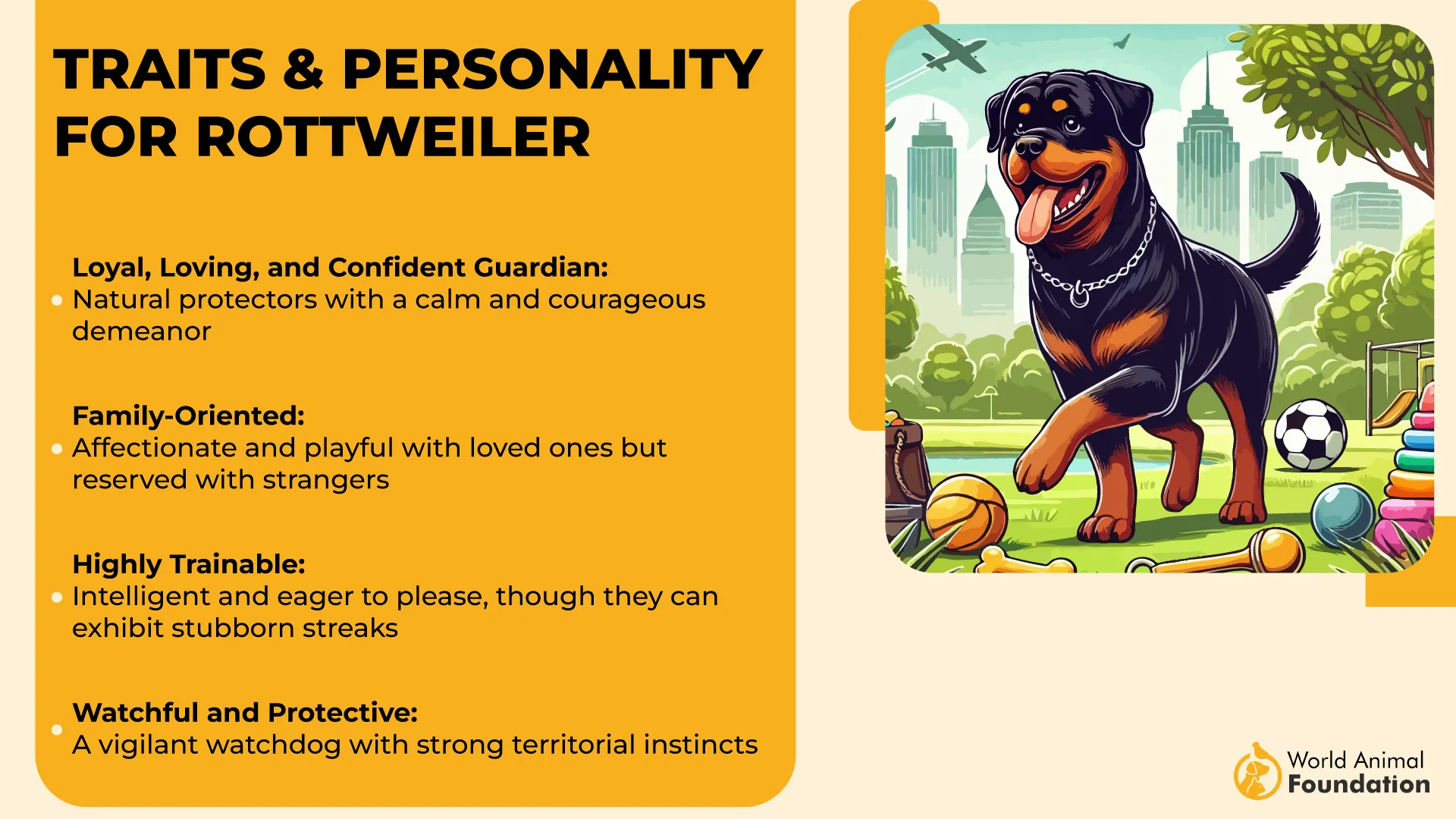
They’ve got serious physical power—broad chest, thick neck, strong jaws—but they don’t throw it around for no reason. A well-trained Rottweiler isn’t aggressive; it’s simply not to be messed with. There’s a difference, and it shows.
These dogs are also incredibly versatile, says Petful. They excel in obedience, search and rescue, and even therapy work. But at home? They shine when they have both structure and affection. Rotties form deep bonds with their people, and that connection is what fuels their protective nature. They’re not guarding your house just because—it’s you they care about.
And no, they’re not “naturally mean” like movies sometimes suggest. Rottweilers raised with love, respect, and discipline are stable, loyal, and even goofy. But if you’re looking for a pushover? Look elsewhere—these dogs know their worth.
6. Tibetan Mastiff
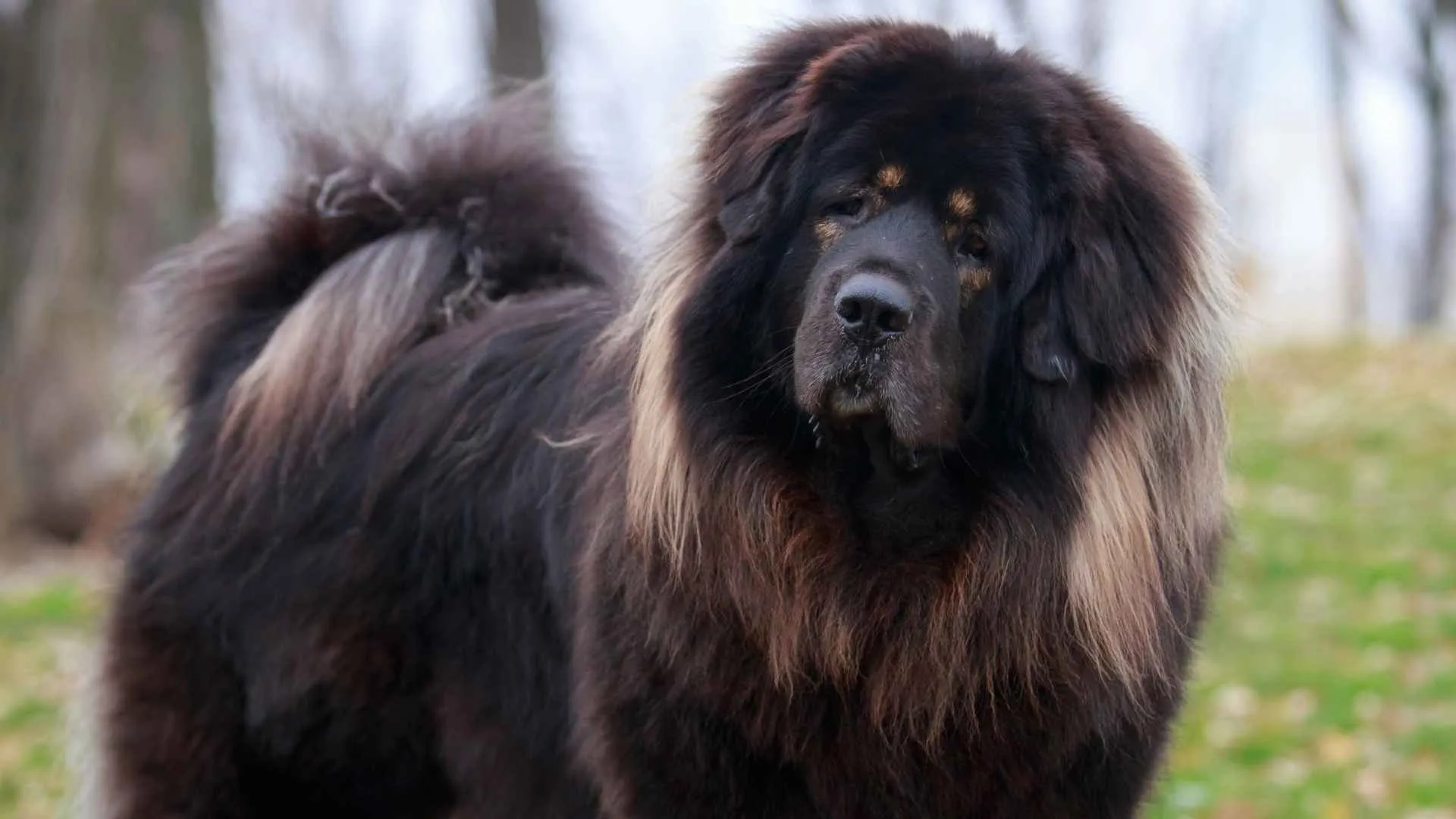
The Tibetan Mastiff isn’t your typical guard dog—it’s more like a quiet mountain warrior. Bred to protect monasteries and livestock in the Himalayas, this ancient breed has guarding in its blood. They’re independent, aloof with strangers, and absolutely devoted to their family.
Everything about them says, “Don’t mess with me.” With a thick lion-like mane, deep bark, and an imposing frame, they look like something straight out of legend. Most intruders won’t even take a step past the gate—and honestly, who could blame them?
Unlike many guard dogs, Tibetan Mastiffs don’t look to humans for constant direction. They make their own calls and expect you to trust their judgment. That makes them amazing for guarding properties, but a bit challenging for obedience beginners. They quietly assess threats, using their instincts over brute force.
Socialization is a must, says PetMD. These dogs are naturally reserved, even suspicious of strangers. If they’re not introduced to different people and settings early on, they might view everyone as a potential threat, which isn’t great if you have friends over.
They’re also surprisingly low-maintenance in terms of exercise. A couple of good walks a day and some backyard time are usually enough. But mentally? They need space, quiet, and a sense of purpose. Crowded apartments and chaos just aren’t their thing.
7. Giant Schnauzer
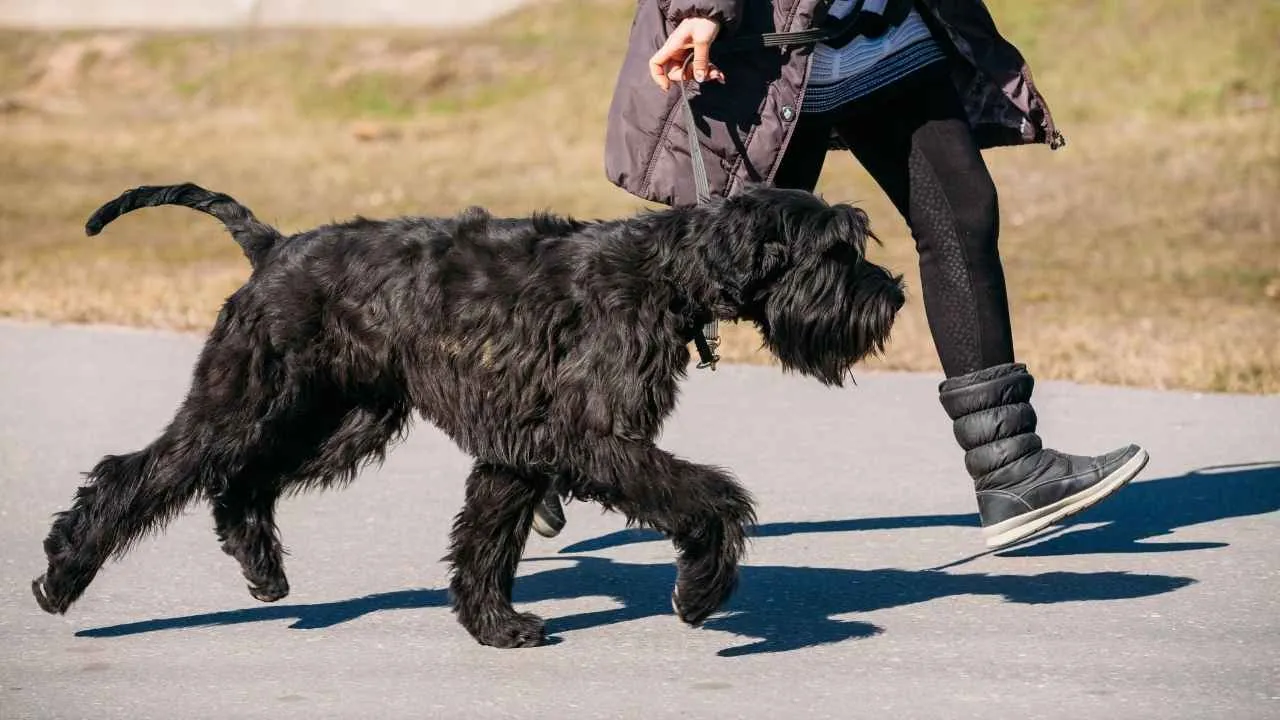
Giant Schnauzer is a guard dog that’s intense, focused, and downright intimidating when needed. This breed brings a serious work ethic to the table and takes protection duties like a full-time job—no slacking allowed. Giant Schnauzers were originally bred to drive cattle and guard farms, so being decisive and fearless is in their DNA.
These dogs are big, powerful, and alert, says AKC. Their wiry coat, bushy eyebrows, and bold stance give them a commanding look, but it’s their intelligence that really sets them apart. They’re constantly scanning their surroundings, analyzing everything, and when something feels off, they’ll act without hesitation.
But here’s the deal: they’re not couch potatoes. These dogs are high-energy and mentally driven. Without daily exercise and a task to focus on, they’ll get bored, and a bored Giant Schnauzer can get destructive fast. Think long walks, brain games, even scent work.
Training isn’t optional with this breed—it’s essential. They’re highly intelligent but strong-willed, so they need an owner who’s confident and consistent. If you let them call the shots, they will. And once they learn something? They don’t forget it.
Surprisingly, they’re also incredibly affectionate with their family. They bond closely, follow you from room to room, and always want to be part of the action. Want a loyal shadow that doubles as a security detail? This might be your breed.
Conclusion
The world of guard dog breeds is diverse, powerful, and surprisingly adaptable. Whether you’re looking for excellent watchdogs to protect your property, house, or family members, or a loyal companion to help guard livestock, the right breed can make all the difference. These dogs aren’t just muscle—they’re often extremely intelligent, naturally affectionate, and form strong bonds with their owners. Breeds like the giant schnauzers, Tibetan mastiff, and great pyrenees bring boldness to the field while remaining great around children, other animals, and even other pets, with proper training, of course.
Many of the best guard dog breeds excel in personal protection, protecting livestock, and even as hunting dog companions. Their instincts to act swiftly, bark loudly when spotting strangers, and patrol a space with purpose make them great guard dogs—but only in the hands of an experienced owner. From the Doberman Pinscher to the German Shepherd, or the legendary Belgian Malinois and Cane Corso, each breed has a striking appearance, solid temperament, and unmatched devotion. These dogs may have a bad reputation due to their intense loyalty and aggressive tendencies, but when given the right socialization and obedience training from an early age, they prove to be both loyal protectors and loving companions.
If you’re a first-time dog owner, consider your energy level, training skills, and whether your dog will live with other breeds or form strong bonds with the whole family. Many great guard dogs—like the Rottweiler, cane corso, or great dane—thrive when challenged mentally and physically through guard dog training and activities that engage their agility. Don’t overlook the importance of structure, discipline, and the dog’s drive to protect. With the right environment and leadership, even the most intimidating protection dogs become trusted members of your home. So, whether you’re aiming for personal protection dogs, protective dogs, or simply a good dog who knows how to tend to your land or family, your future guardian might just be waiting for the right training, guidance, and home.


